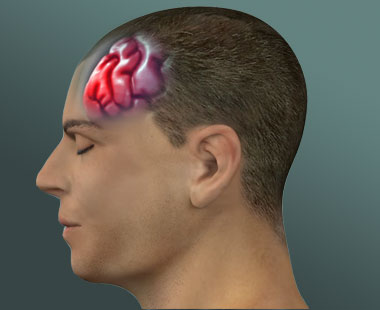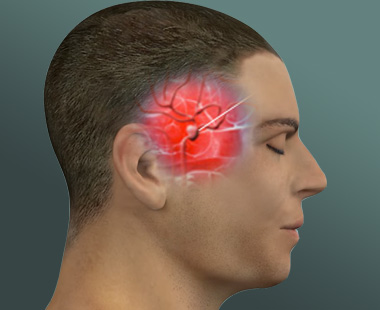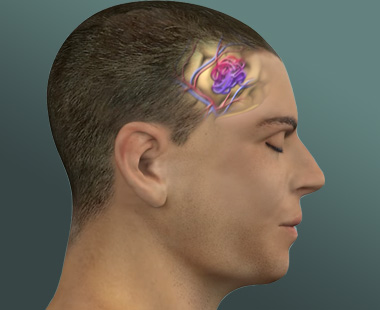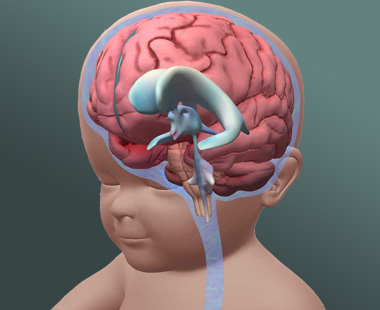
Brain tumors
- Home
- Brain tumors
A brain tumor is a collection, or mass, of abnormal cells in your brain. Your skull, which encloses your brain, is very rigid. Any growth inside such a restricted space can cause problems. Brain tumors can be cancerous (malignant) or noncancerous (benign).
The exact cause of brain tumor is still not known, but studies suggest that certain risk factors might trigger brain tumor. Children receiving radiation are more prone in developing brain tumor as adults. A rare genetic condition called Li-Fraumeni syndrome or neurofibromatosis. People who are over the age of 65 are also at a higher risk of developing brain tumor. Cancerous brain tumor can lead to brain cancer and spread to the central nervous system and other part of the brain as well.
Brain tumor symptoms can vary according to tumor type and location. There are times a person may have no symptoms when their brain tumor is discovered
• Recurrent headaches
• Issues with vision
• Seizures
• Changes in personality
• Short-term memory loss
• Poor coordination
• Difficulty speaking or comprehending
Whatever symptoms you have, discuss them fully with your physician so everyone has the most accurate information.
Neurologic exam: Your doctor checks your vision, hearing, alertness, muscle strength, coordination, and reflexes.
MRI: A large machine with a strong magnet linked to a computer is used to make detailed pictures of areas inside your head.
CT scan: An x-ray machine linked to a computer takes a series of detailed pictures of your head.
Electroencephalography (EEG): An EEG is a noninvasive test in which electrodes are attached to the outside of a person’s head to measure electrical activity of the brain. It is used to monitor for possible seizures
Other tests will help determine specific information about the tumor which will be important to make a prognosis and treatment plan. Tests may include:
Blood, urine, and tissue tests—May be used to detect tumor markers, specific proteins that are elevated in the presence of cancer. Blood and tissue tests can be used to look for chromosome changes or inherited disorders associated with certain types of brain tumors.
Lumbar puncture —A needle is used to collect a sample of cerebrospinal fluid that surrounds and protects the brain and spinal cord. The test can determine if cancer cells are present in the fluid.
Biopsy: A biopsy is the removal of a small piece of suspicious tissue for examination under a microscope. Biopsies can also help determine if the tumor may have a higher rate of metastasis, meaning they are more likely to spread elsewhere in the brain. In some cases, the location of the tumor makes it difficult or impossible to get a biopsy. Imaging tests may be able to determine enough information so that a biopsy is not needed.
Treatment for brain tumors depends on a number of factors including the type, location and size of the tumor as well as the patient’s age and general health. Treatment methods and schedules differ for children and adults. The most common treatment for brain tumors is surgery. Surgery can be combined with other treatments, such as radiation therapy and chemotherapy. Physical therapy, occupational therapy, and speech therapy can help recover after neurosurgery.

What is head injury?A traumatic brain injury, also referred to an acquired brain injury, occurs when someone suffers a sudden…
read more
What is Brain Aneurysm?Brain aneurysm is an abnormal bulge in the brain's blood vessel. When it leaks or ruptures, it…
read more
What is a brain arteriovenous malformation ?Normally, arteries carry blood containing oxygen from the heart to the brain, and veins…
read more
What is Hydrocephalus?Hydrocephalus is commonly referred to as "water on the brain." The so-called "water" is actually cerebrospinal fluid (CSF),…
read more